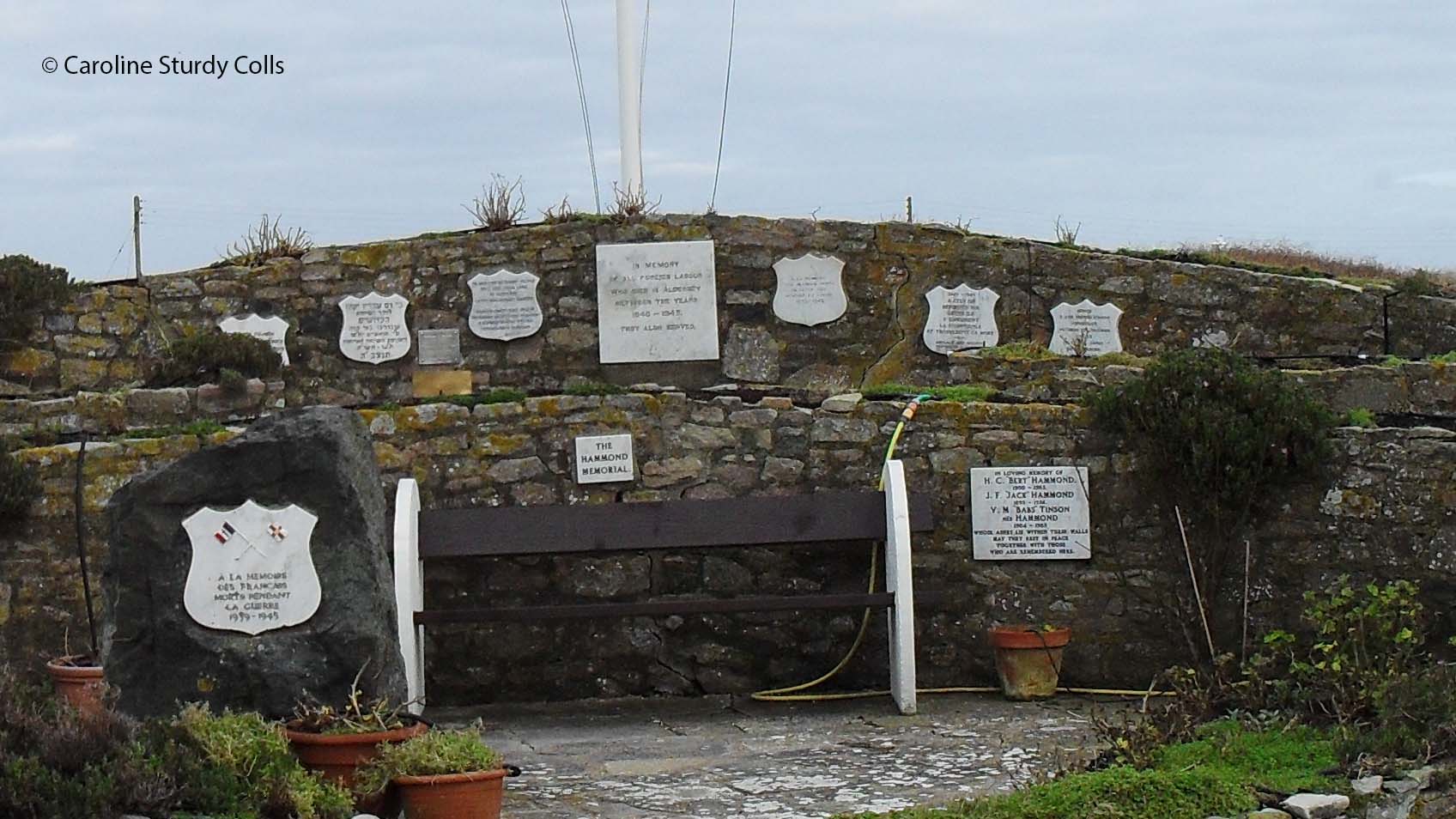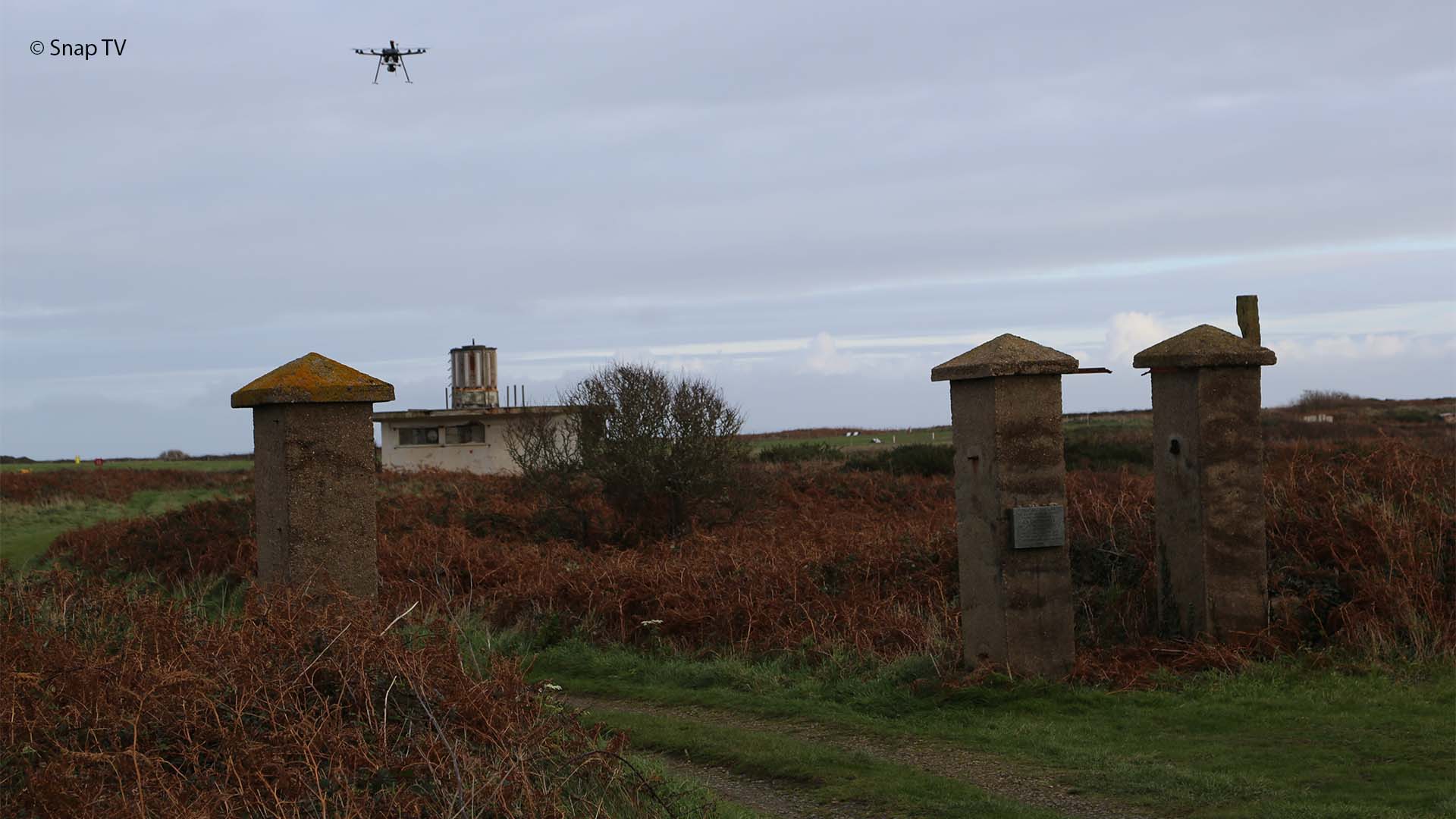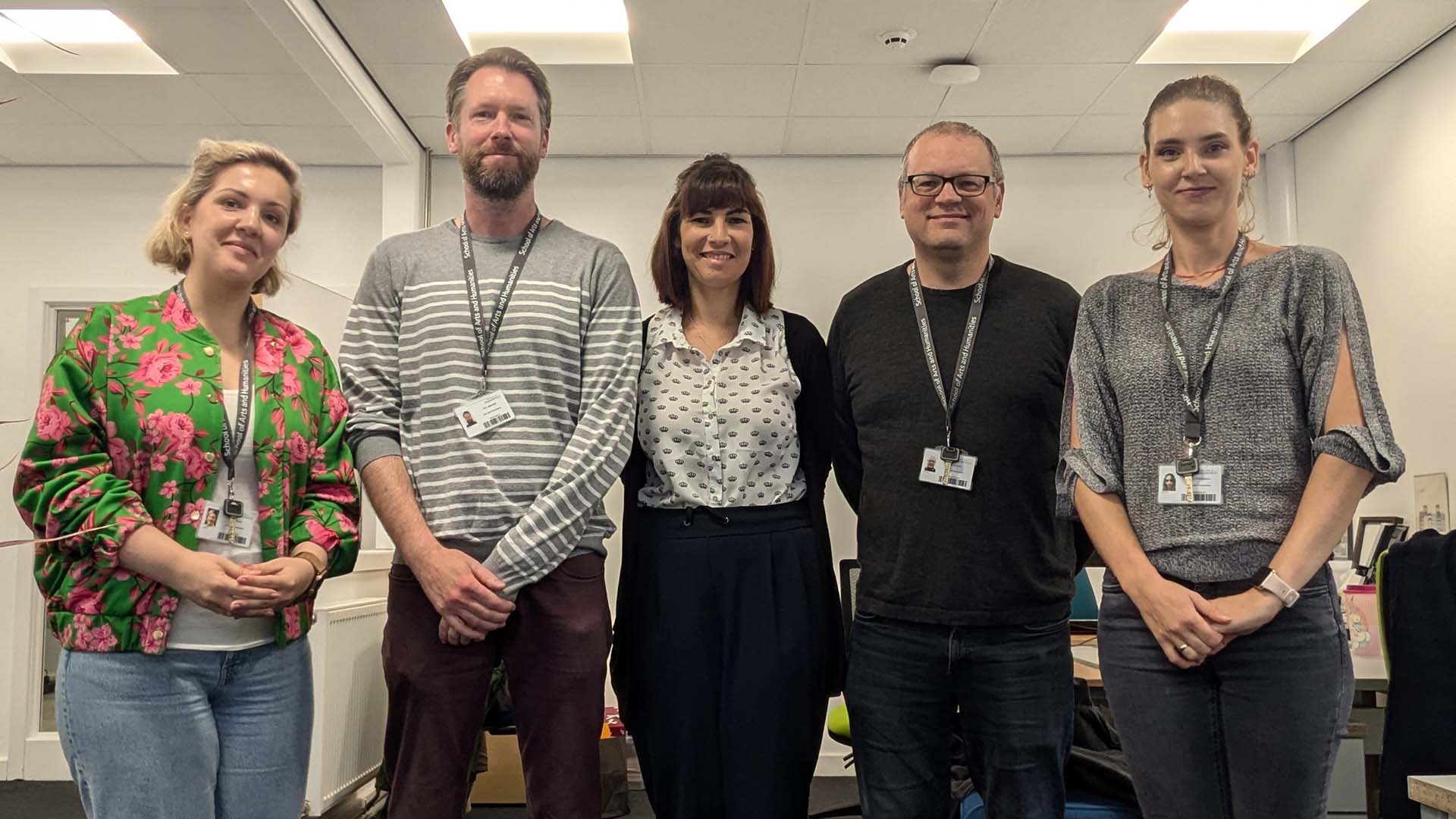Archaeology team work on TV documentary on secret WW2 history of Alderney

The story of the only Nazi concentration camps on British soil unearthed by a team of experts from the University of Huddersfield has now been captured in a new two-part documentary.
Work by the university’s Centre of Archaeology on the island of Alderney contributed to Hitler’s British Island, now available on Sky History, helped to reveal that over 1,000 people died in the concentration and labour camps that were established during the German occupation in World War II.
The Centre’s team used a number of methods, including non-invasive technology, to identify not only the camps but also other sites where forced and slave labourers were incarcerated as well as graves.
Hitler’s British Island is available on Sky History or via Now TV
They also examined documents that revealed that the number of prisoners known to have been murdered on the Channel Island was much higher than the 389 victims previously thought to have been killed between 1942 and 1945.
Revealing Alderney's forgotten history
“We've advocated for a long time for more to be known about what happened to the forced and slave labourers on Alderney," says the Centre of Archaeology’s Professor Caroline Sturdy Colls. "As we're coming up to the 80th anniversary of the liberation of the Channel Islands, there's a lot more interest in it. The stories of the people who died are finally being told in a more detailed way than they had been previously.”
Prof Sturdy Colls’ research was captured in the 2022 book Adolf Island, which she co-authored with Kevin Colls, and the team’s expertise was called upon for a review of what happened during the Nazi occupation of Alderney by Lord Eric Pickles that presented its findings in May of 2024.
“The review was a really good opportunity to bring together academics from all over the world to validate our research findings, and also to work together to generate new information,” Prof Sturdy Colls adds. “A lot of those experts had knowledge of particular groups of victims from many countries and therefore could add a lot of important detail that was new to us.”
Discovery of more camps and grave sites than previously known about
The research revealed that forced and slave labourers taken to Alderney came from around 30 different countries , but that those that suffered and died the most were from Eastern Europe.
“The number of camps we were able to identify on the island was a lot more than was commonly known,” Prof Sturdy Colls continues. “There were four main camps that were named, but we found more than 20 sites. Some had purpose-built barracks, but others were houses that were fenced off and made into kind of makeshift camps and prisons. The scale of the way that people were incarcerated was a new discovery.
Take a look at a preview of the documentary that the Centre of Archaeology team's research contributed to
“But we also found that there were many unmarked graves on the island, so we researched how the Nazis handled death and burial. It looked very efficient, but actually it was very much a cover for killing and creating the circumstances to kill.
“They tried to cover up these atrocities by creating mock cemeteries to make it look like they were doing everything in an orderly fashion. Not all graves had crosses, or sometimes they took the crosses down and we now know from our research that there were mass burials on the island that were unmarked.”
The Centre for Archaeology has also investigated other Holocaust sites including Treblinka and Trawniki in Poland, and another ongoing project seeks to archive materials connected to the hundreds of Jewish children who were evacuated to the Lake District in 1945.
The team’s community archaeology work includes an ongoing project at Tamworth Castle that has seen local people help uncover a medieval-era mill. A new project to help to preserve a house that belonged to William Shakespeare’s daughter in Stratford-upon-Avon is building on more than a decade of research at other properties owned by the Bard.



